PPT-INTRODUCTION DATA STRUCTURES AND ALGORITHMS
Author : garboardcola | Published Date : 2020-10-01
wwwasyranicom data Please forget that you get lowhigh marks for C Programming class 1 2 3 Set up in your mind right now this subject is the most interesting Things
Presentation Embed Code
Download Presentation
Download Presentation The PPT/PDF document "INTRODUCTION DATA STRUCTURES AND ALGORIT..." is the property of its rightful owner. Permission is granted to download and print the materials on this website for personal, non-commercial use only, and to display it on your personal computer provided you do not modify the materials and that you retain all copyright notices contained in the materials. By downloading content from our website, you accept the terms of this agreement.
INTRODUCTION DATA STRUCTURES AND ALGORITHMS: Transcript
Download Rules Of Document
"INTRODUCTION DATA STRUCTURES AND ALGORITHMS"The content belongs to its owner. You may download and print it for personal use, without modification, and keep all copyright notices. By downloading, you agree to these terms.
Related Documents

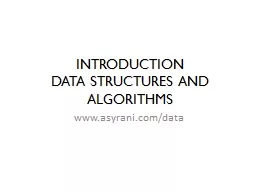
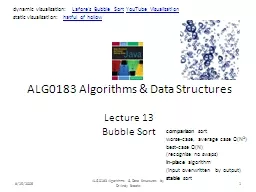
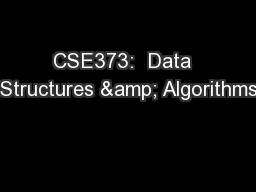
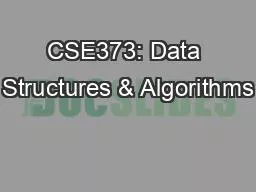
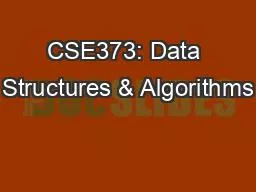
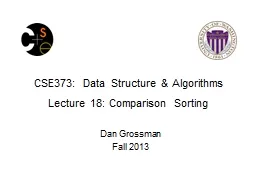
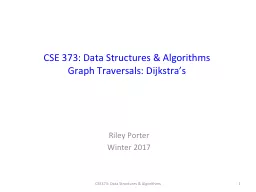
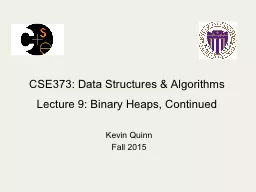
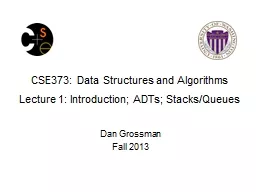
![[READ]-Easy Learning Data Structures & Algorithms ES6+Javascript Classic data structures](https://thumbs.docslides.com/970589/read-easy-learning-data-structures-algorithms-es6-javascript-classic-data-structures-and-algorithms-in-es6-javascript-easy-learning-javascript-and-design-and-data-structures-and-algorithms-book-3.jpg)
![[eBOOK]-A Practical Guide to Data Structures and Algorithms using Java (Chapman Hall/CRC](https://thumbs.docslides.com/973338/ebook-a-practical-guide-to-data-structures-and-algorithms-using-java-chapman-hall-crc-applied-algorithms-and-data-structures-series.jpg)
![[FREE]-Algorithms JavaScript: Explains Algorithms with Beautiful Pictures Learn it Easy](https://thumbs.docslides.com/973922/free-algorithms-javascript-explains-algorithms-with-beautiful-pictures-learn-it-easy-better-and-well-easy-learning-java-and-design-patterns-and-data-structures-and-algorithms-book-9.jpg)
![[READING BOOK]-First Course: Data Structures and Algorithms Using Java: Data Structures](https://thumbs.docslides.com/973967/reading-book-first-course-data-structures-and-algorithms-using-java-data-structures-and-algorithms-using-java.jpg)
![[eBOOK]-Easy Learning Data Structures Algorithms ES6+Javascript: Classic data structures](https://thumbs.docslides.com/975195/ebook-easy-learning-data-structures-algorithms-es6-javascript-classic-data-structures-and-algorithms-in-es6-javascript-easy-learning-javascript-and-design-and-data-structures-and-algorithms-book-3.jpg)